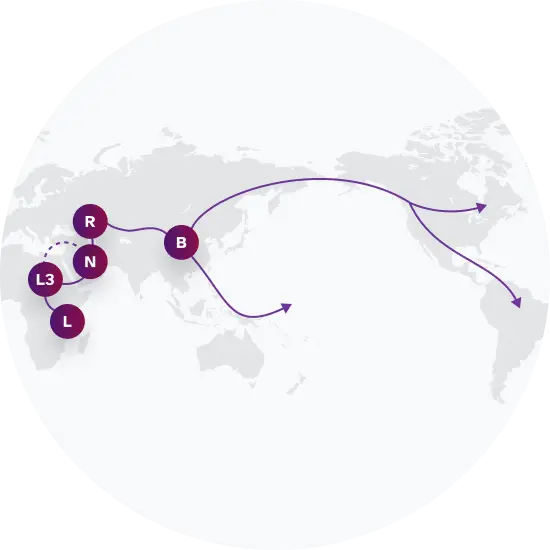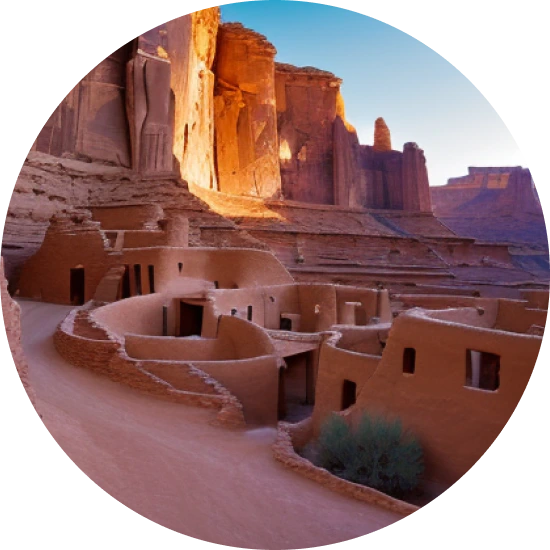Haplogroup B2b
What is Maternal Haplogroup B2b?
Haplogroup B2b is a genealogical group of lineages defined by unique genetic markers present in your mitochondrial DNA, which is transmitted from your mother. Your maternal haplogroup paints a picture of your ancient origins and the migrations of your ancestors. Although your maternal haplogroup reflects just one of your many ancestral lineages, it carries information about that lineage over tens of thousands of years.
Haplogroup B2b is descended from haplogroup B4_5. Among 23andMe research participants, haplogroup B2b is commonly found among populations in Mexico.
It's important to note that your haplogroup doesn't define your current ethnic identity; rather, it provides an insight into your deep ancestry on the maternal side.
 Maternal Haplogroup Origins B4_5
Maternal Haplogroup Origins B4_5Top Surnames with Haplogroup B2b
For surnames with sufficient representation in the data, these percentages represent the frequency with which each surname is found in individuals exhibiting this genetic marker.
Haplogroup B2b is linked to the Ancestral Puebloans
Haplogroup B appears to have been a fixture in the Southwest at least since the introduction of agriculture to the region from Mesoamerica 2,500 to 3,500 years ago. In some areas the haplogroup is found in 100% of the Native American population and sometimes multiple populations share the exact same branch of B, as is the case for the Navajo, Zuni, Jemez and Seri groups.Haplogroup B reaches levels of 75-90% among the Pueblo groups of New Mexico and Arizona, which are thought to descend from the cliff-dwelling Ancestral Puebloans who occupied the Southwest from the 8th century AD until their sudden disappearance in the early 12th century. The Ancestral Puebloans didn't literally disappear; modern Pueblo people and most scholars believe warfare or environmental catastrophe forced them to abandon their elaborate cliff dwellings for settlements in the Rio Grande valley. Recent studies of DNA extracted from 2,000-year-old remains have supported that view by establishing the presence of haplogroup B among the Ancestral Puebloans.
 Ruins of the Ancestral Puebloans cliff dwellings in Mesa Verde.
Ruins of the Ancestral Puebloans cliff dwellings in Mesa Verde.